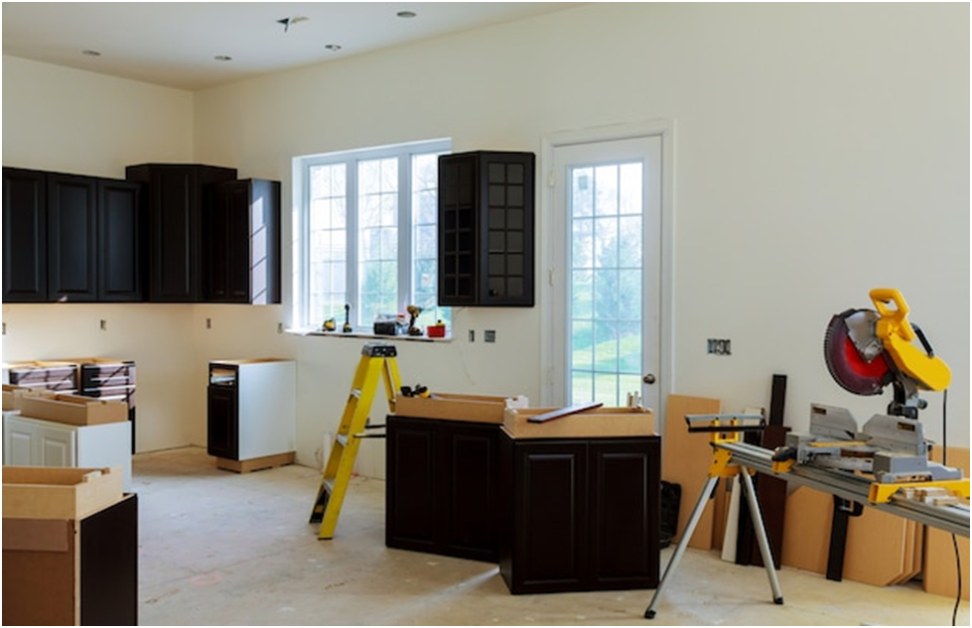Undertaking a home remodeling project can seem like a daunting task. Between planning designs, selecting materials, coordinating contractors, and managing budgets, there are many moving parts to consider. If you do it right though, a remodeling project has the potential to dramatically improve your home and investment. This comprehensive guide will walk you through every step of the process to give your remodeling effort the best chance of success. By following the best practices in this guide, your remodeling project is set up for efficient execution and beautiful results.
Planning Your Remodel
Proper planning is key to a successful home remodeling project. Take the time to thoroughly think through your remodeling needs and wants before beginning any work. Consider what areas of your home need updating and how you want those spaces to function. Research design and layout options that align with your lifestyle. Carefully budget for all expected remodeling costs like materials, labor, permits, and unexpected expenses. Hiring custom home builders or contractors is an important step, so get estimates from several professionals. With planning, your remodeling project is set up for smooth sailing.
Creating a Design Plan
Create a detailed design plan for your remodeling project before starting any demolition or construction. A design plan lays out the new layout, design features, finishes, and materials selection. Custom home builders and contractors will need a design plan to provide an accurate estimate and timeline. The plan does not need to be professionally drafted but should include measured floor plans, elevation drawings, and details on fixtures. Consider hiring an architect or designer if your project is large in scope. Once your design is solidified, get the required building permits before beginning work. Starting with a clear plan and permits prevents costly changes later on.
Selecting Quality Materials
Choose durable, high-quality materials for your remodeling project. Cheaper materials may save upfront but lack longevity. Consider how materials like flooring, countertops, fixtures, and cabinets will hold up over time based on your household. Popular durable options are hardwood floors, granite or quartz counters, and stainless-steel appliances. Energy-efficient windows, doors, and insulation are also wise investments. Research various material brands to find the best value. Provide material cut sheets and samples upfront when working with contractors.
Financing Remodeling Projects
A home equity line of credit (HELOC) or cash-out refinance taps into your existing home equity for relatively low-interest project funding. While convenient, these impact your home’s equity. Personal loans offer flexibility but carry higher interest rates. Remodeling loans cater specifically to interior and exterior projects. Evaluate terms, rates, and closing fees before committing. Qualifying factors like income, credit score, and loan-to-value ratio come into play. Pre-approval provides security to contractors to complete work before financing closes. Smart debt management minimizes the cost of borrowing over time for your remodeling investment.
In summary
Successful home remodeling requires thorough planning, quality execution, and long-term care. Work with experienced, licensed contractors throughout the process. Well-designed updates focused on livability enhance enjoyment and equity for years ahead. Budget diligently, leverage financing smartly, and protect your investment through routine preservation. Following the steps in this guide sets the stage for transformation into your ideal home space. With vision, planning, and teamwork from custom home builders, remodeling goals become reality.
Read more:
- BNKU Stock – Is It Worth Investing In 2024?
- how long does it take to cancel spectrum internet
- what must an entrepreneur do after creating a business plan brainly

